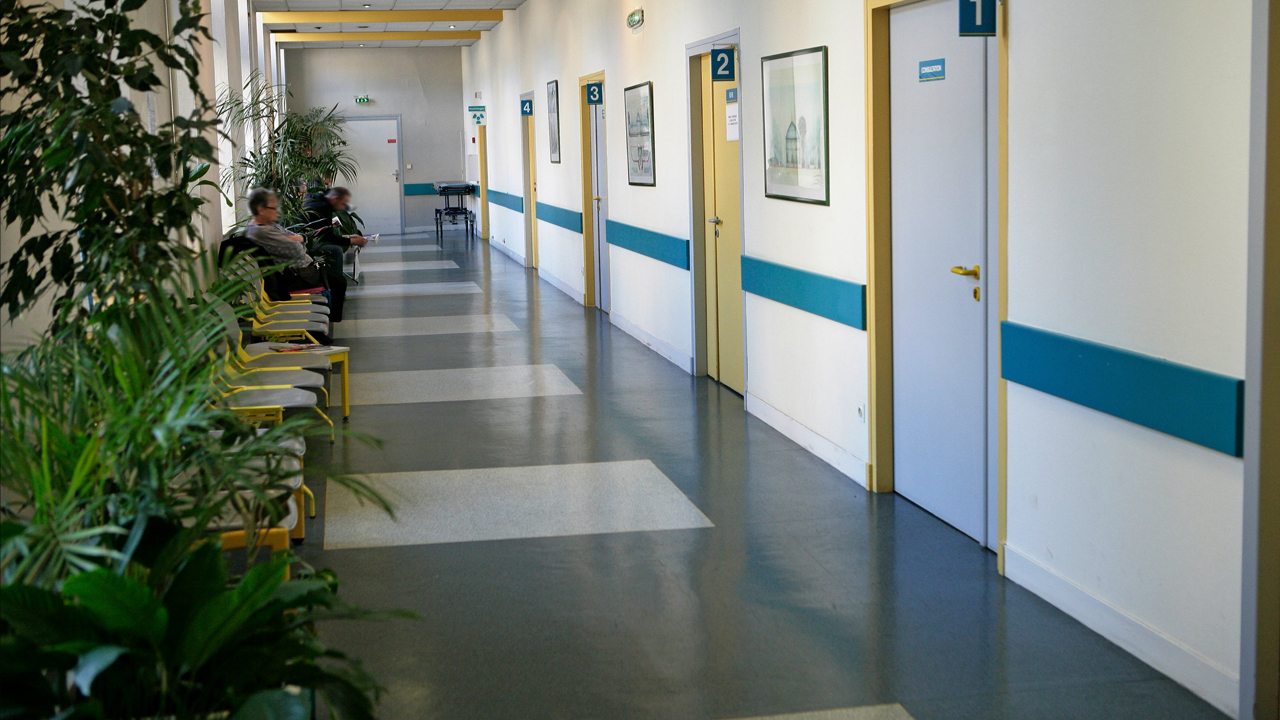Australia’s worst performing hospitals exposed

The Australian Medical Association (AMA) shared a report on Tuesday that shed light on problems for the country’s public hospitals, revealing that only three out of 201 public hospitals in Australia are delivering care to patients within the recommended timeframes. One year ago, the count was at 15.
The three “green lit” hospitals were Young Hospital in NSW, as well as South Coast District and Riverland General hospitals in South Australia.
As AMA President Professor Steve Robson explained, “the logjam in Australia’s public hospitals has worsened, with continued workforce shortages, increased ambulance ramping, emergency departments beyond capacity and hospital beds unavailable when they’re needed.”
Professor Robson went on to stress that the report “paints a worsening picture of emergency department and essential surgery performance”.
He called the findings shocking, and urged Australians to stand up and review their local hospitals, stating that they were “asking people to tell us their stories and email their MPs so state and federal governments can hear their voices.”
Australians can check out how their local hospitals are performing by inputting their postcode to the AMA’s logjam finder.
The logjam finder utilises hospital data sourced from the Australian Institute of Health and Welfare to rank hospital performances in the areas of their emergency departments and elective surgeries.
The AMA stated that “Australia urgently needs a recovery plan to address the backlog of elective surgeries, build enough capacity to meet the growing needs of the community, and clear the hospital logjam.”
“When National Cabinet sits down on Friday,” Professor Robson said, “we want ministers to tackle the backlog of surgeries that we estimate will top half a million at the end of June, because it’s devastating for every person waiting and dealing with months and months of pain.”
“It’s unlikely hospitals will be able to expand their capacity to address this backlog if there is no intervention,” he added, “we are calling for a new national plan funded by all governments but with an up-front advance payment provided by the Commonwealth to support state and territory governments to expand their hospital capacity, including the workforce, to address the elective surgery backlog.”
He went on to say that the AMA has called on the federal government to “increase its share of hospital funding from 45 to 50 per cent, and to remove the annual cap on activity.”
“For their part, the states and territories need to commit to improve hospital performance by re-investing that extra five per cent,” Professor Robson concluded, “and both need to fund additional ongoing performance improvement, capacity expansion, and ways to reduce avoidable admissions.”
Images: Getty
